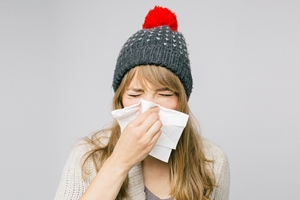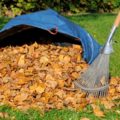
You're not alone if you've been suffering from allergies this fall. Currently ragweed and mold are the two dominant allergens affecting people. The 17 species of ragweed affect close to 20 percent of Americans. Mold usually occurs later in the evening when conditions are cooler and wetter.
It's often a struggle for many allergy sufferers to enjoy the colorful leaves dotting the landscape like a pastel painting. If they go outside, they are bombarded by allergens whipping through the wind. However, when they go inside to protect themselves, they often find the conditions are not much better. In fact, they can be even worse.
If you are finding little allergy protection in your home, don't panic. Here are a few tips to help you.
- Manage cleanliness: Control dust mites, reduce allergy counts and manage mold growth by making sure your home is always spotless. Use dust mite covers and wash sheets and countertops and ensure there are not leaking pipes in your home. Mold loves to grow in dark, wet areas.
- Avoid smoking: Along with the many ways it damages your body, smoking can also increase nose, throat and eye irritation.
- Reduce pet dander: Keep pets off furniture and their fur trimmed.
- Improve air quality: Make sure HVAC units are working properly and filters are clean.
- Control humidity: Make sure humidity is between 30 and 60 percent which will prevent dust mites and mold from developing.
For more information on proper allergy management techniques and allergy control products, visit Allergy Be Gone today.









